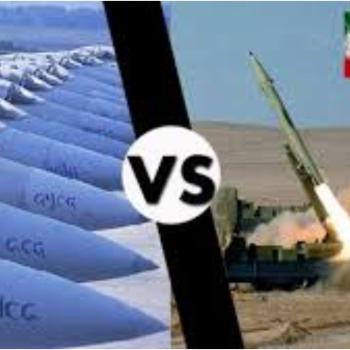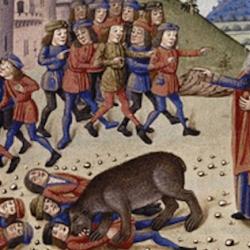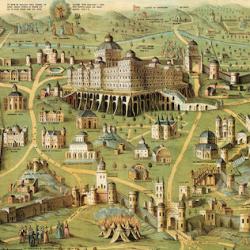Solomon rides to his coronation on a mule (1 Kings 1:38). It’s not just any mule, but David’s mule (v. 44). Even before Solomon is on David’s throne, he is sitting in David’s seat, in David’s saddle-throne on the back of David’s mule.
Why a mule?
Mules are double, part horse, part donkey. The mule is thus a fitting symbol of the double people of God, the combined people, Israel and Judah. Steering David’s mule from David’s seat, Solomon is ceremonially beginning to steer David’s kingdom.
Yahweh also rides combination animals, the four-faced cherubim. Riding a mule, Solomon is an image of the High King of Israel.
Horses are for battle, donkeys for domestic labor. The mule combines warrior and worker. He isn’t a pure warrior, riding on a horse; but he’s no rustic either, riding on a mule. The king’s mount combines the best of both. Riding the mule, Solomon is king over army and artisan and farmer.
Solomon rides the mule into Jerusalem, and the city is thrown into an uproar. Shouts and music break out, loud enough to reach Solomon’s brother Adonijah, who had designs on the throne. The uproar of the city terrifies him (v. 49). He is scared off by a king on a mule, and by a ceremony of coronation.
So, this is an advent story, forshadowing the future arrival of another king to this same city, riding a donkey rather than a mule, coming to tear down rather than build up a temple.















